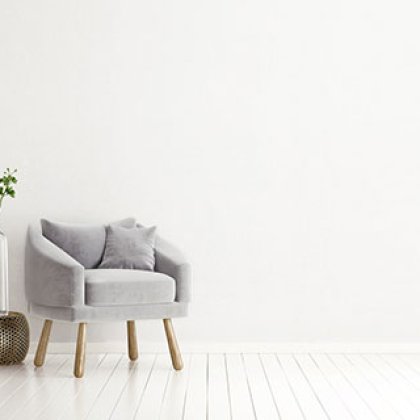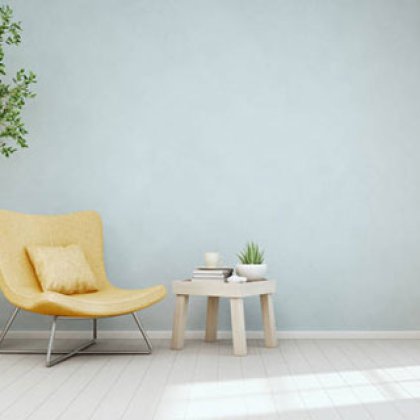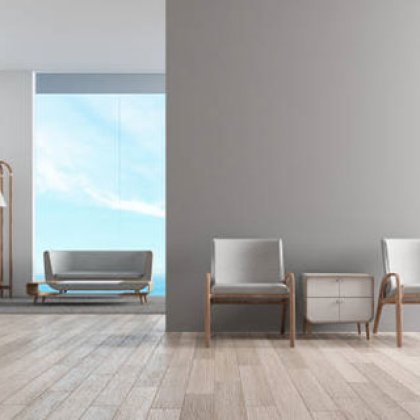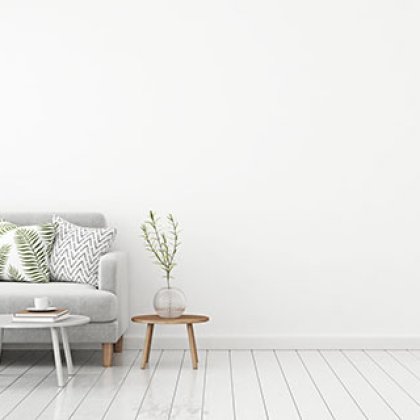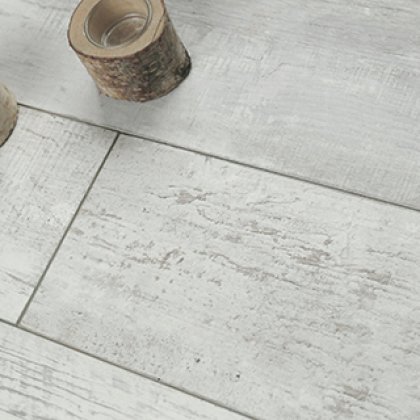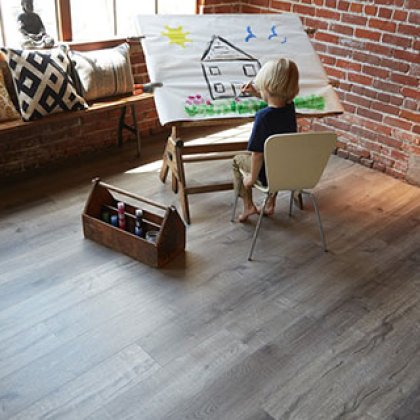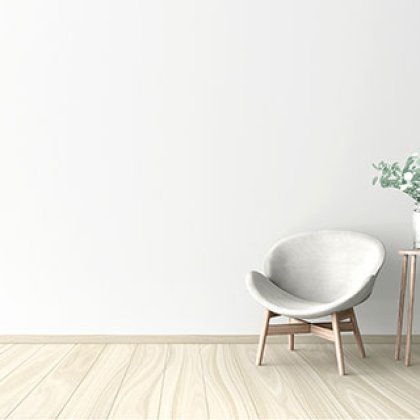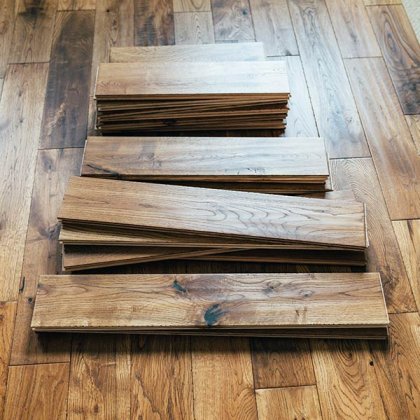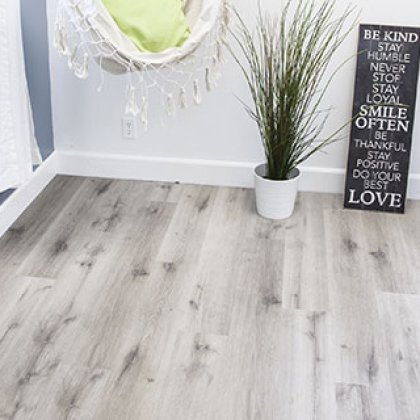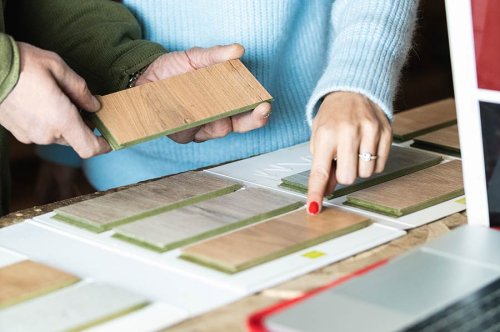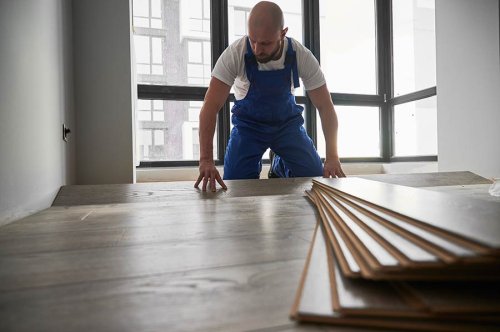Bamboo or Laminate: A Comprehensive Comparison
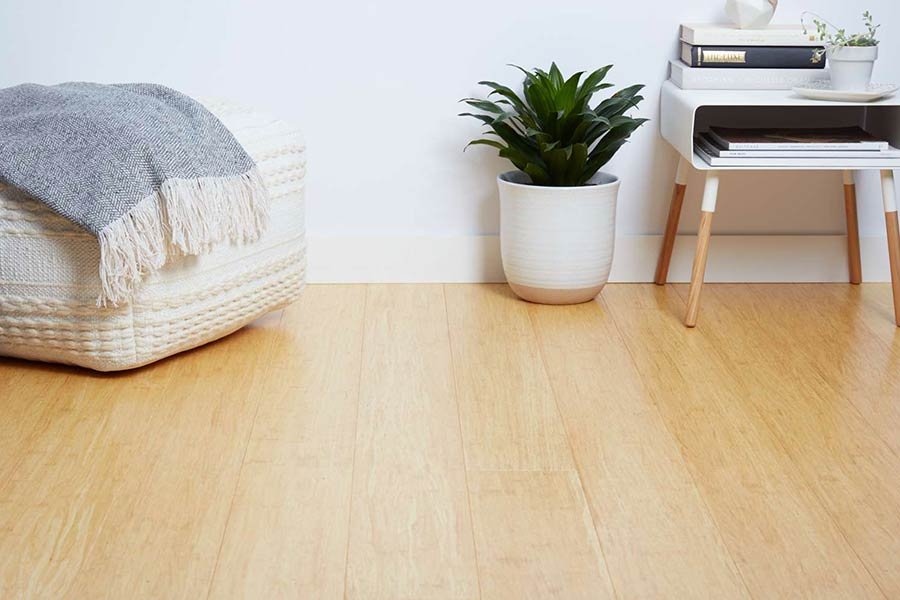
Bamboo and Laminate Flooring: A Side-by-Side Comparison
When choosing to floor for your home, two popular options are bamboo and Laminate. Both have pros and cons, and it cannot be easy to decide which is best for your needs. This article will compare bamboo and laminate flooring to help you make an informed decision.
Bamboo flooring is made from the bamboo plant and is an eco-friendly and durable option with various styles and colors. Laminate flooring is a budget-friendly option made from composite wood and has a high-resolution photograph of wood, stone, or tile. It is easy to install, scratch, and stain resistant, but requires less maintenance than bamboo flooring.
The choice between the two will depend on budget, style preference, and maintenance requirements. Both options can add value and style to your home, so choose the one that best suits your needs.
Information on Bamboo and Laminate
Bamboo is hardwood flooring made from the bamboo plant, a fast-growing and renewable resource. Bamboo flooring is known for its durability, eco-friendliness, and versatility in style and color options.
On the other hand, laminate flooring is a composite material made from high-density fiberboard and a high-resolution photograph of wood, stone, or tile. Laminate flooring is a budget-friendly alternative to hardwood or stone flooring and is known for its resistance to scratches, stains, and fading. It is also easy to install, making it a popular choice for DIY projects.
Bamboo and Laminate flooring have unique benefits and drawbacks, and the choice will depend on individual preferences and needs. It is essential to consider factors such as budget, durability, maintenance requirements, and style when deciding between Bamboo and Laminate flooring.
Key takeaways
Bamboo and Laminate are two popular flooring options with unique benefits and drawbacks. The key takeaways for each type of flooring are as follows:
Bamboo:
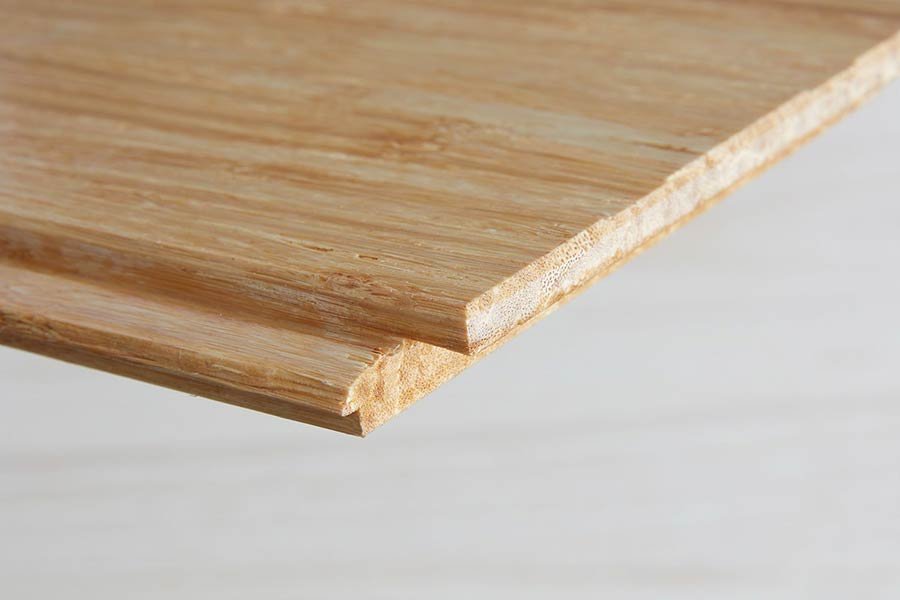
-
Made from the fast-growing and renewable bamboo plant
-
Durable and can last for many years with proper care and maintenance
-
Available in a variety of colors and styles
-
Requires regular sealing and polishing to maintain the appearance and protect against moisture and scratches
-
Eco-friendly
Laminate:

-
Made from composite wood and a high-resolution photograph of wood, stone, or tile
-
A budget-friendly alternative to hardwood or stone flooring
-
Resistant to scratches, stains, and fading
-
Easy to install and maintain with regular vacuuming and mopping
-
It can mimic the look of various types of flooring, such as hardwood, stone, and tile
Both options can add value and style to your home, but choosing the one that best suits your needs and preferences is essential based on factors such as budget, durability, maintenance requirements, and style.
Characteristics of Bamboo
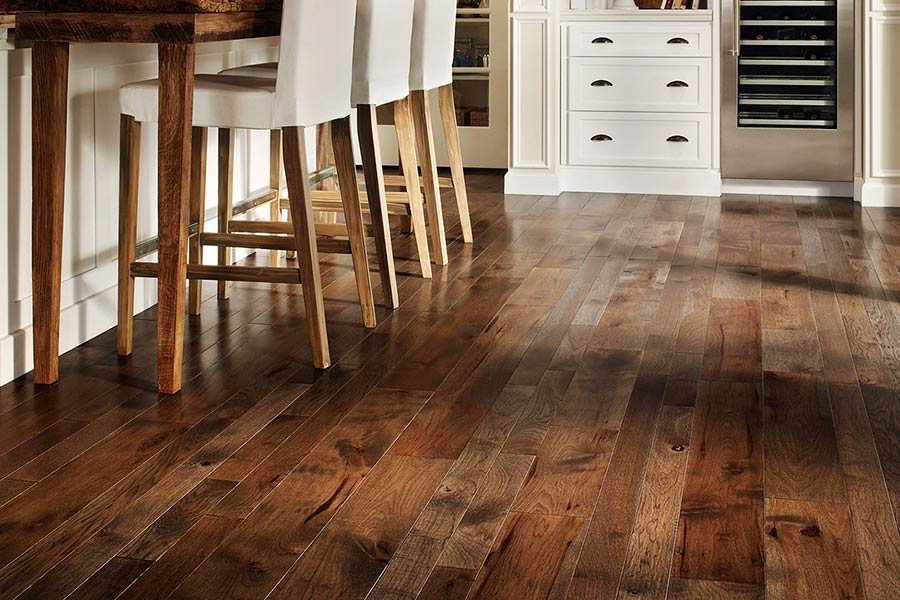
-
Renewable resource: Bamboo is a fast-growing plant that can be harvested and replenished much more quickly than traditional hardwoods. This makes it an eco-friendly option for flooring.
-
Durability: Bamboo is a strong and durable material that can last many years with proper care and maintenance.
-
Style and color options: Bamboo flooring is available in various colors and styles, including natural, carbonized, and stained options, allowing you to choose a flooring option that fits your style.
-
Moisture resistance: Bamboo flooring is naturally resistant to moisture, making it suitable for high humidity and moisture levels.
-
Maintenance: Bamboo flooring requires regular sealing and polishing to maintain its appearance and protect it against moisture and scratches.
-
Hardness: Bamboo is a rigid material, making it suitable for high-traffic areas.
Types of Bamboo flooring
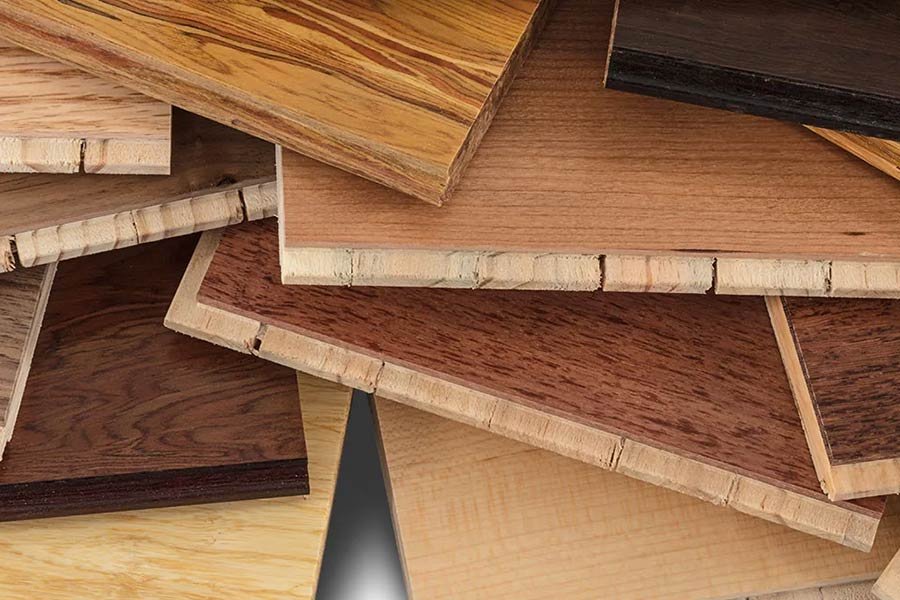
Bamboo flooring is available in several types, including:
-
Natural Bamboo: This type of bamboo flooring is untreated and has a light blonde color. It is the most affordable type of bamboo flooring and is suitable for those looking for a natural, earthy look.
-
Carbonized Bamboo: Carbonized bamboo flooring is treated with heat to darken its color and give it a warm caramel hue. This type of bamboo flooring is famous for its unique color and ability to blend in with various home decor styles.
-
Stained Bamboo: Stained bamboo flooring is treated with pigments to create a desired color, such as dark brown or black. This bamboo flooring is ideal for those looking for a specific color to match their home decor.
-
Horizontal Bamboo: Horizontal bamboo flooring has a linear grain pattern, with the bamboo stalks laid flat and arranged side by side. This type of bamboo flooring is famous for its natural look and ability to mimic hardwood's appearance.
-
Vertical Bamboo: Vertical bamboo flooring has a more uniform appearance, with the bamboo stalks arranged vertically and glued together. This type of bamboo flooring is known for its stability and durability.
-
Stranded Bamboo: Stranded bamboo flooring is made from tiny strands of bamboo weaved together and compressed to form a solid board. This type of bamboo flooring is known for its strength and durability.
Advantages of Bamboo flooring:
-
Renewable resource: Bamboo is a fast-growing plant that can be harvested and replenished much more quickly than traditional hardwoods, making it an eco-friendly option for flooring.
-
Durability: Bamboo is a strong and durable material that can last many years with proper care and maintenance.
-
Style and color options: Bamboo flooring is available in various colors and styles, including natural, carbonized, and stained options, allowing you to choose a flooring option that fits your style.
-
Moisture resistance: Bamboo flooring is naturally resistant to moisture, making it suitable for high humidity and moisture levels.
-
Price: Bamboo flooring is typically more affordable than traditional hardwoods, making it a budget-friendly option for those looking to update their floors.
Disadvantages of Bamboo flooring:
-
Maintenance: Bamboo flooring requires regular sealing and polishing to maintain its appearance and protect it against moisture and scratches.
-
Expansion and contraction: Bamboo flooring can expand and contract with temperature and humidity changes, leading to cracking and warping over time.
-
Quality variations: The quality of bamboo flooring can vary greatly between brands and manufacturers, so it is essential to research and choose a reputable brand to ensure the highest quality flooring.
Characteristics of Laminate
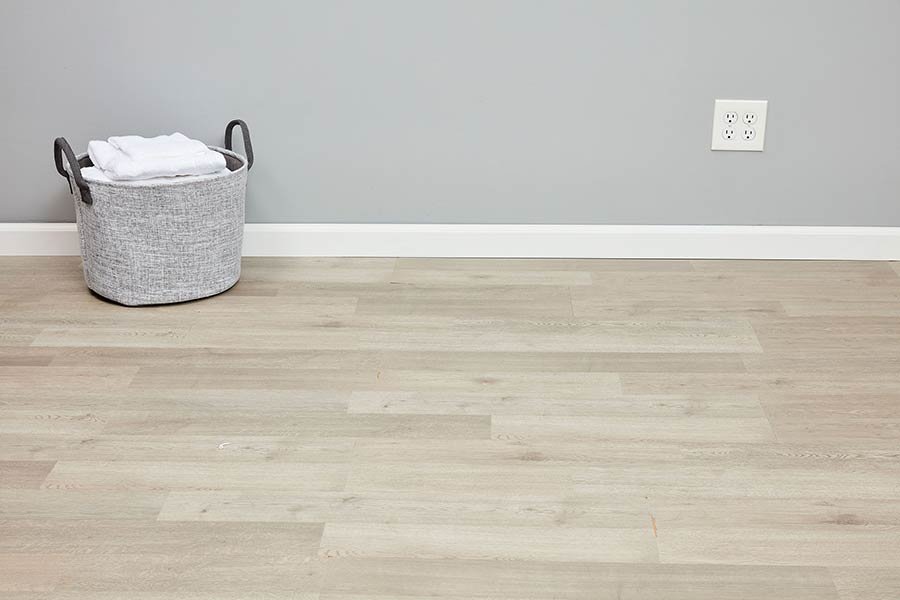
-
Durability: Laminate flooring is made from tough and resilient materials resistant to scratches, dents, and fading, making it a durable option for high-traffic areas.
-
Easy to install: Laminate flooring is designed for easy installation and can be snapped together without needing glue, nails, or other fastening methods.
-
Wide range of designs: Laminate flooring comes in various designs and finishes, including wood-look, stone-look, and tile-look options, allowing you to choose a plan that fits your style and home decor.
-
Low maintenance: Laminate flooring is easy to clean and maintain, requiring only regular sweeping and mopping to keep it looking its best.
-
Affordability: Laminate flooring is typically more affordable than natural wood or stone, making it a budget-friendly option for those looking to update their floors.
-
Water-resistant: Some laminate flooring options are designed to be water-resistant, making them suitable for use in areas with high moisture levels, such as bathrooms and kitchens.
Types of Laminate flooring
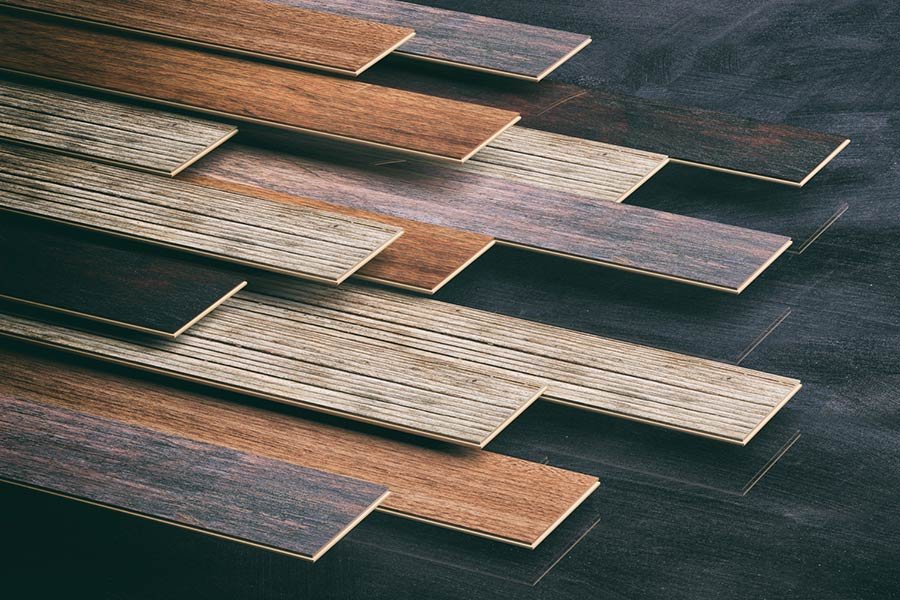
Laminate flooring is available in several different types, including:
-
High-pressure laminate (HPL): This type of Laminate is made from multiple layers of resin-soaked paper, with a printed design and a transparent wear layer for protection. HPL is known for its durability and resistance to scratches, dents, and moisture.
-
Direct pressure laminate (DPL): This type of Laminate is made by pressing the top and bottom layers of resin-soaked paper together with the printed design and core layers. DPL is less durable than HPL, but it is also less expensive.
-
Dryback Laminate: This type of Laminate requires glue to be applied to the subfloor to secure it, making it a more permanent option than other types of Laminate.
-
Click-lock laminate: This type of Laminate features a click-lock system that allows the boards to be quickly snapped together without needing glue or other fastening methods.
-
Water-resistant Laminate: This type of Laminate is designed to be water-resistant, making it suitable for use in areas with high moisture levels, such as bathrooms and kitchens.
Advantages of Laminate
-
Durability: Laminate flooring is made from tough and resilient materials resistant to scratches, dents, and fading, making it a durable option for high-traffic areas.
-
Easy to install: Laminate flooring is designed for easy installation and can be snapped together without needing glue, nails, or other fastening methods.
-
Wide range of designs: Laminate flooring comes in various designs and finishes, including wood-look, stone-look, and tile-look options, allowing you to choose a plan that fits your style and home decor.
-
Low maintenance: Laminate flooring is easy to clean and maintain, requiring only regular sweeping and mopping to keep it looking its best.
-
Affordability: Laminate flooring is typically more affordable than natural wood or stone, making it a budget-friendly option for those looking to update their floors.
-
Water-resistant: Some laminate flooring options are designed to be water-resistant, making them suitable for use in areas with high moisture levels, such as bathrooms and kitchens.
Disadvantages of Laminate
-
Less natural appearance: Laminate flooring is made from composite materials and does not have the natural appearance and feel of real wood or stone.
-
Little warmth: Laminate flooring does not retain heat as well as natural wood or stone and can feel cold underfoot, especially in colder climates.
-
Can be prone to fading: Laminate flooring can fade over time, especially if exposed to direct sunlight, which can affect its overall appearance.
-
Not suitable for refinishing: Unlike natural wood flooring, laminate flooring cannot be refinished or sanded to renew its appearance. If it becomes damaged, it will need to be replaced.
Bamboo vs. Laminate: A Comparison

Appearance:
Bamboo has a unique appearance that sets it apart from other types of flooring, including Laminate. Bamboo has a distinctive grain pattern and can come in various colors, from light to dark.
On the other hand, laminate flooring is made from composite materials and can mimic the appearance of other flooring materials, such as wood or stone. However, some people find that the imitation look of laminate flooring is less appealing than the natural beauty of bamboo.
Durability:
Both bamboo and Laminate are known for their durability, but bamboo is generally considered more robust and resistant to wear and tear. Bamboo flooring is also more resistant to moisture and humidity, making it suitable for use in areas with high moisture levels. Laminate flooring is also durable and more prone to scratches and dents, especially if it is not treated with a protective coating.
Maintenance:
Bamboo flooring requires regular cleaning and maintenance to keep it looking its best, including sweeping and mopping. Laminate flooring is also low maintenance and requires only periodic cleaning to keep it looking its best.
Sustainability:
Bamboo is considered a more sustainable flooring option as it is a fast-growing and renewable resource that can be harvested and replanted in just a few years. Laminate flooring is made from composite materials and does not have the same level of sustainability as bamboo.
Cost:
Bamboo flooring is typically more expensive than laminate flooring, with prices ranging from $3 to $7 per square foot, compared to laminate flooring, which typically costs between $1 and $4 per square foot. However, the cost of each flooring option can vary depending on factors such as quality, brand, and design.
Factors to Consider When Choosing between Bamboo and Laminate
Room use:
When choosing between bamboo and Laminate, it's essential to consider the room's intended use Bamboo is an excellent choice for high-traffic areas, such as living rooms or hallways, due to its durability and resistance to moisture. Laminate flooring is also suitable for high-traffic areas but may not be as durable as bamboo. If the room is going to be used for low-impact activities, such as a bedroom or home office, either option is likely to be a good choice.
Foot traffic:
The amount of foot traffic a room receives is also an essential factor. High-traffic areas will need flooring that can withstand the wear and tear of daily use. Bamboo flooring is a good choice for high-traffic areas, as it is known for its durability. Laminate flooring can also hold up well under heavy foot traffic but may be more prone to scratches and dents than bamboo.
Climate:
Climate is another factor to consider when choosing between bamboo and laminate flooring. Bamboo flooring is more resistant to moisture and humidity, making it a good choice for areas with high moisture levels, such as bathrooms and kitchens. On the other hand, laminate flooring is less resistant to moisture, so it may not be the best choice for these types of environments.
Budget:
Finally, it's essential to consider your budget when choosing between bamboo and laminate flooring. Bamboo flooring is typically more expensive than laminate flooring, with prices ranging from $3 to $7 per square foot, compared to laminate flooring, which typically costs between $1 and $4 per square foot. However, the cost of each flooring option can vary depending on factors such as quality, brand, and design.

